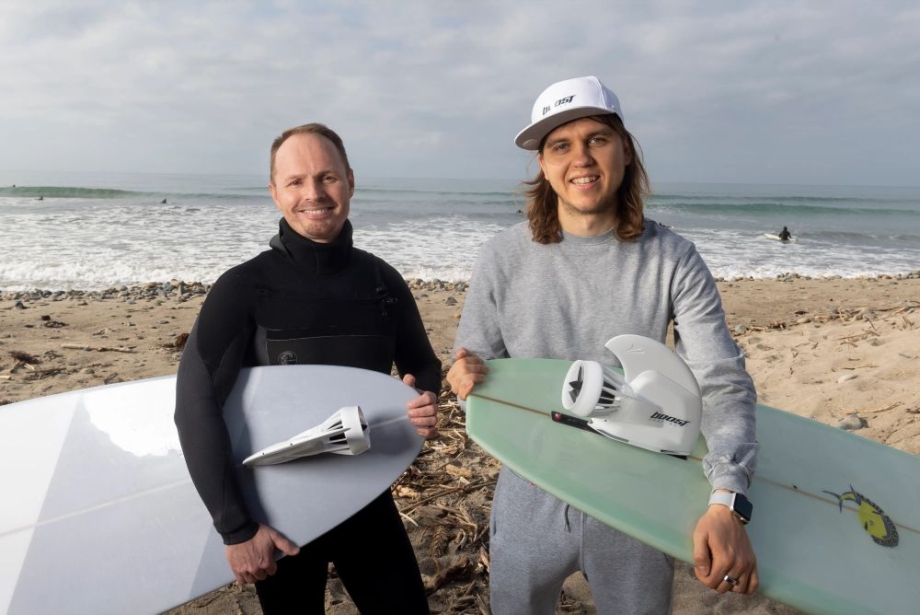
¿A qué edad se puede empezar a practicar surf ? El surf parece ser un deporte para jóvenes: las estadísticas muestran que predomina entre los 6 y los 34 años. Sin embargo, muchos surfistas profesionales alcanzan su máximo rendimiento a mediados de los 30 o incluso a los 40 años, lo que demuestra que la edad no tiene por qué ser un obstáculo.
Este artículo explora lo que La era del surf Descubre cómo este deporte puede ser una opción fantástica para todos los miembros de tu familia. ¡Aprendamos a coger olas y a perfeccionar tus habilidades de surf sin importar tu edad!
¿Existe un límite de edad para practicar el surf?
¿Se puede aprender a hacer surf a cualquier edad ? ¿Hay un mínimo? ¿A qué edad se puede empezar a practicar surf ? A diferencia de algunos deportes que pueden resultar físicamente exigentes, el surf ofrece un entorno acogedor para los participantes de todas las edades.
En el caso de los más pequeños, los niños y niñas de tan solo 3 años pueden empezar a familiarizarse con el océano y los principios básicos del equilibrio sobre una tabla de surf. La seguridad sigue siendo la máxima prioridad en esta etapa, y las instrucciones suelen estar a cargo de un profesional cualificado en una zona tranquila y poco profunda. El objetivo puede ser desarrollar la comodidad en el agua, las técnicas de remado y los movimientos básicos de ponerse de pie sobre la tabla.
Por el contrario, existen numerosos ejemplos de surfistas que siguen disfrutando de este deporte hasta bien entrada la tercera edad. Leyendas del surf como Woody Brown y John H. “Doc” Ball son ejemplos inspiradores, ya que han seguido surfeando olas mucho después de los 80 años. Su dedicación y compromiso con el deporte demuestran que la edad no limita necesariamente la capacidad de disfrutar de la emoción de surfear una ola.
Por lo tanto, es seguro decir que no hay un conjunto La era del surf Con la instrucción adecuada, un respeto saludable por el océano y una actitud positiva, cualquiera puede disfrutar de la emoción de atrapar una ola.
¿Cuáles son las edades ideales para empezar a practicar surf?
El surf se puede practicar a cualquier edad, incluso un niño de 5 años puede empezar a aprender bajo supervisión. Sin embargo, existen distintas ventajas y desventajas que se deben tener en cuenta según la etapa de la vida en la que se encuentre. Comprender estas diferencias puede ayudarle a optimizar su experiencia de surf.
Empieza a hacer surf siendo joven (ventajas y desventajas)
Los surfistas jóvenes, en particular, pueden encontrarse en una posición ventajosa a la hora de decidir cuál es el mejor momento para embarcarse en esta aventura acuática. Exploremos las ventajas y desventajas de aprender a surfear a una edad temprana.
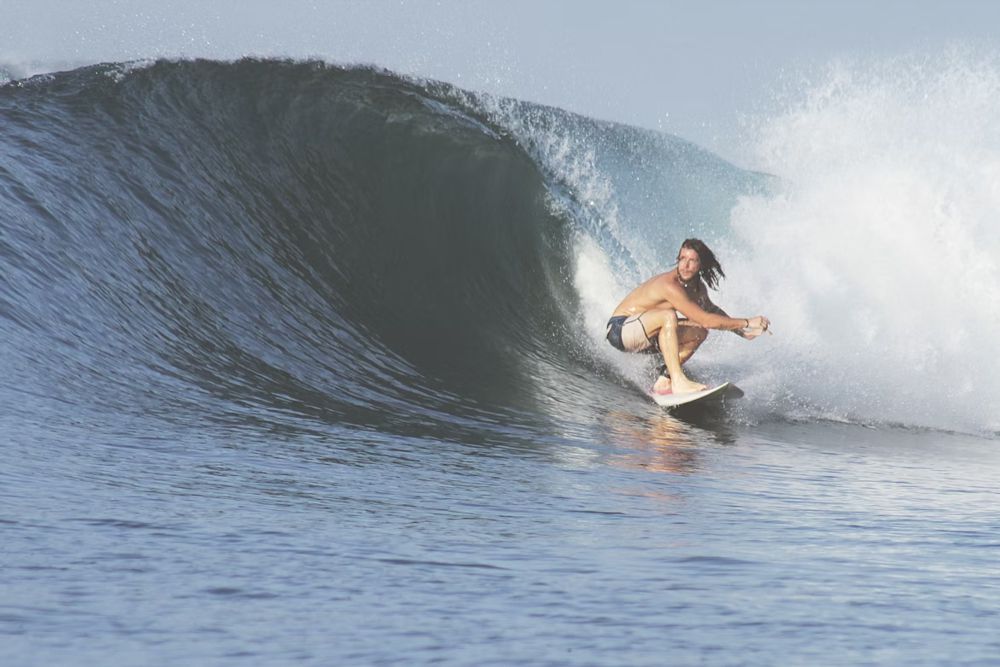
Ventajas de empezar a practicar surf desde joven
- Desarrollo físico: Los niños poseen una mayor flexibilidad y un centro de gravedad más bajo, lo que puede ayudarlos a mantener el equilibrio y a maniobrar sobre la tabla de surf. Esto puede facilitar el aprendizaje de las técnicas adecuadas desde el principio.
- Intrepidez y apertura al aprendizaje: Los jóvenes suelen afrontar nuevas actividades con menos miedo y aprensión que los adultos, lo que puede hacer que sean más receptivos a las instrucciones y estén más dispuestos a experimentar en el agua, lo que conduce a un progreso más rápido.
- Desarrollo de fuerza y resistencia: El surf es un ejercicio que ejercita todo el cuerpo y que pone en funcionamiento varios grupos musculares y mejora la salud cardiovascular. Comenzar a practicarlo a una edad temprana permite un desarrollo constante de estos atributos físicos a lo largo de las etapas de crecimiento.
- Pasión de toda la vida: Fomentar el amor por el surf desde una edad temprana puede generar una pasión por este deporte que dure toda la vida. La sensación de logro y conexión con el océano puede brindar diversión y actividad física durante años.
Desventajas de empezar a hacer surf cuando eres joven
- Preocupaciones de seguridad: Los niños pequeños pueden carecer de la fuerza física y la conciencia cognitiva necesarias para desenvolverse de forma segura en el agua, en particular en condiciones marinas difíciles. La supervisión de un adulto es fundamental para garantizar su bienestar.
- Capacidad de atención y concentración: Los niños más pequeños pueden tener períodos de atención más cortos y dificultades para retener instrucciones complejas. Es posible que sea necesario adaptar las lecciones de surf para que se ajusten a su etapa de desarrollo.
- Riesgo de lesiones: El surf conlleva un riesgo inherente de sufrir lesiones, especialmente al caerse de la tabla. Si bien las caídas son comunes para todos los surfistas, los cuerpos de los niños más pequeños pueden ser más susceptibles a sufrir lesiones por impacto.
Empieza a navegar cuando eres mayor (ventajas y desventajas)
¿Sueñas con coger olas pero te preocupa empezar un poco tarde? La buena noticia es que no hay límite de edad para practicar surf. Exploremos las ventajas y desventajas de empezar a practicar surf siendo un principiante maduro. Aunque tengas entre 30 y 60 años, aún puedes dominar las olas con placer.
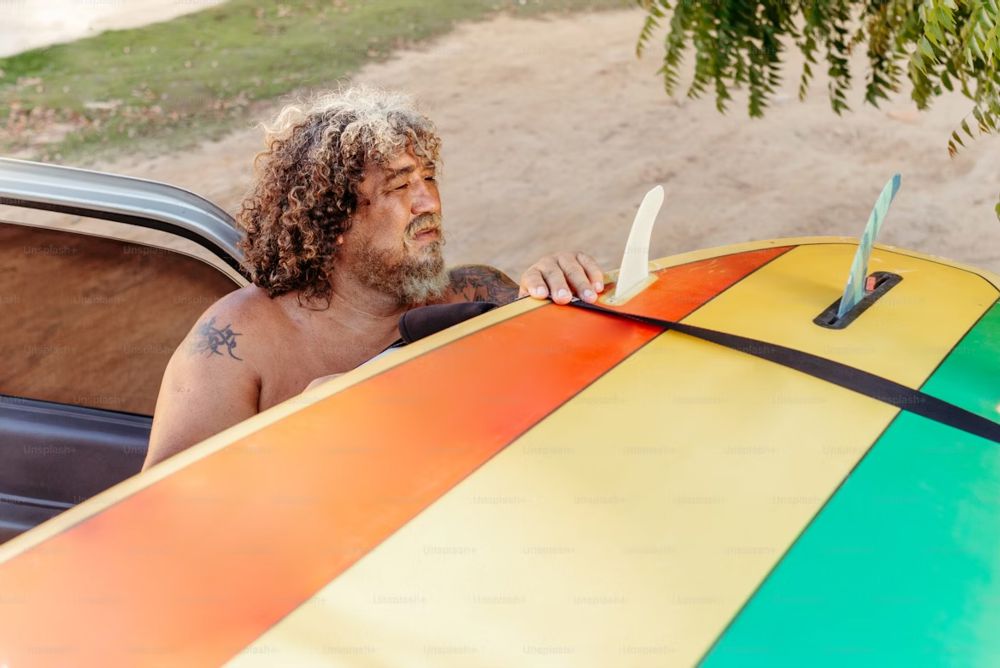
Ventajas de empezar a surfear más tarde en la vida
- Independencia financiera: Las personas que esperan para empezar a practicar surf pueden disponer de mayores recursos económicos en comparación con sus homólogos más jóvenes. Esto puede resultar beneficioso para cubrir los costes de las clases, el equipo y los viajes a los destinos de surf.
- Desarrolló fuerza y coordinación: Los adultos tienden a tener una base más sólida en términos de fuerza general y coordinación en comparación con los niños. Esto puede facilitar el aprendizaje de técnicas de remo, el equilibrio en la tabla y las maniobras en el agua.
- Beneficios para la salud: El surf es una forma fantástica de ejercicio que promueve la salud cardiovascular, el equilibrio y la fuerza del torso. Estos beneficios pueden resultar especialmente atractivos para quienes buscan priorizar su salud a medida que envejecen.
Desventajas de empezar a surfear a una edad más avanzada
- Limitaciones físicas: El equilibrio, la flexibilidad y la resistencia cardiovascular disminuyen naturalmente con la edad. Esto puede hacer que las etapas iniciales del aprendizaje del surf sean más desafiantes para los principiantes mayores.
- Tiempo de recuperación: Los músculos y las articulaciones pueden tardar más en recuperarse de las exigencias físicas del surf que los de los individuos más jóvenes, lo que puede obligar a tener más días de descanso y a un ritmo de aprendizaje más lento.
- Riesgo de lesiones: El riesgo de sufrir lesiones, como caídas y distensiones musculares, suele ser mayor en los surfistas de mayor edad. Es fundamental tener en cuenta las limitaciones físicas y concentrarse en la técnica adecuada.
¿Cómo pueden los surfistas continuar con su pasión después de los 30?
A continuación se presentan algunas formas en las que los surfistas pueden seguir disfrutando de su pasión por montar olas hasta bien entrados los treinta y más.
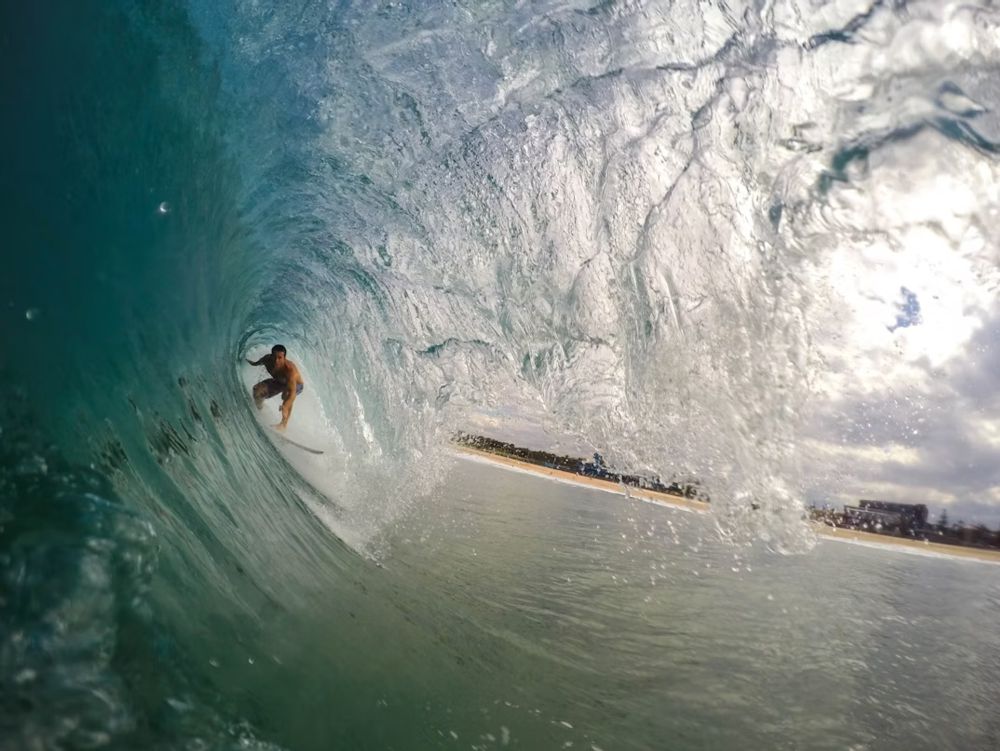
Elige la tabla de surf y la tabla de paddle surf adecuadas
Surfeando despues La era del surf (a menudo se considera que tener más de 30 años) puede ser tan gratificante como lo fue en tu juventud. Sin embargo, con la edad viene un declive natural en las capacidades físicas. Seleccionar la tabla de surf o de remo adecuada puede mejorar significativamente tu experiencia en el agua. Aquí hay algunas opciones que puedes considerar al llegar a este hito de tu vida. edad del surf :
- Longboards de alto rendimiento ofrecen un buen equilibrio entre estabilidad y maniobrabilidad, ideal para atrapar olas y realizar cutbacks y nose rides.
- Longboards clásicos Proporciona una estabilidad excepcional, perfecta para aquellos que priorizan un andar suave y un remo relajado.
- Tablas de surf SUP Combina la facilidad de remar de una tabla de remo con la capacidad de surfear olas, perfecta para atrapar olas pequeñas y disfrutar del deslizamiento.
Estírate regularmente
Mantener la flexibilidad es crucial para los surfistas de todas las edades, pero especialmente para aquellos que comienzan. Surf en la mediana edad . La rigidez y la pérdida de flexibilidad son fenómenos habituales que pueden dificultar la técnica de remada y aumentar el riesgo de lesiones.
Se debe incorporar a un régimen de ejercicios regular una rutina de estiramientos específica que se centre en los principales grupos musculares, en particular los isquiotibiales, la espalda y los hombros. Se recomienda encarecidamente realizar estiramientos diarios, aunque sean por un período breve.
Al mejorar la flexibilidad, los surfistas pueden asegurarse de poder moverse libremente y cómodamente en el agua.
Escucha a tu cuerpo
Uno de los mayores desafíos que enfrentan los surfistas después Surf Edad Media Es la necesidad de esforzarse más allá de los propios límites. Es importante estar en sintonía con las señales del cuerpo.
Si te sientes fatigado, tómate un descanso. No temas saltarte las sesiones de surf cuando tengas bajos niveles de energía. Escucha a tu cuerpo y prioriza la recuperación antes que superar el dolor. Esto te permitirá seguir disfrutando del surf durante muchos años.
Utilice las aletas Boost para ayudar a remar
Las aletas Boost Fins pueden brindar a los surfistas mayores de 30 años un excelente impulso en sus tablas de surf o SUP.
Estos especializados aletas eléctricas Mejoran enormemente la eficiencia de la remada al optimizar el flujo de agua y reducir la resistencia. Esto se traduce en menos fatiga, lo que permite a los surfistas atrapar más olas y pasar más tiempo surfeando con emoción en lugar de remando.
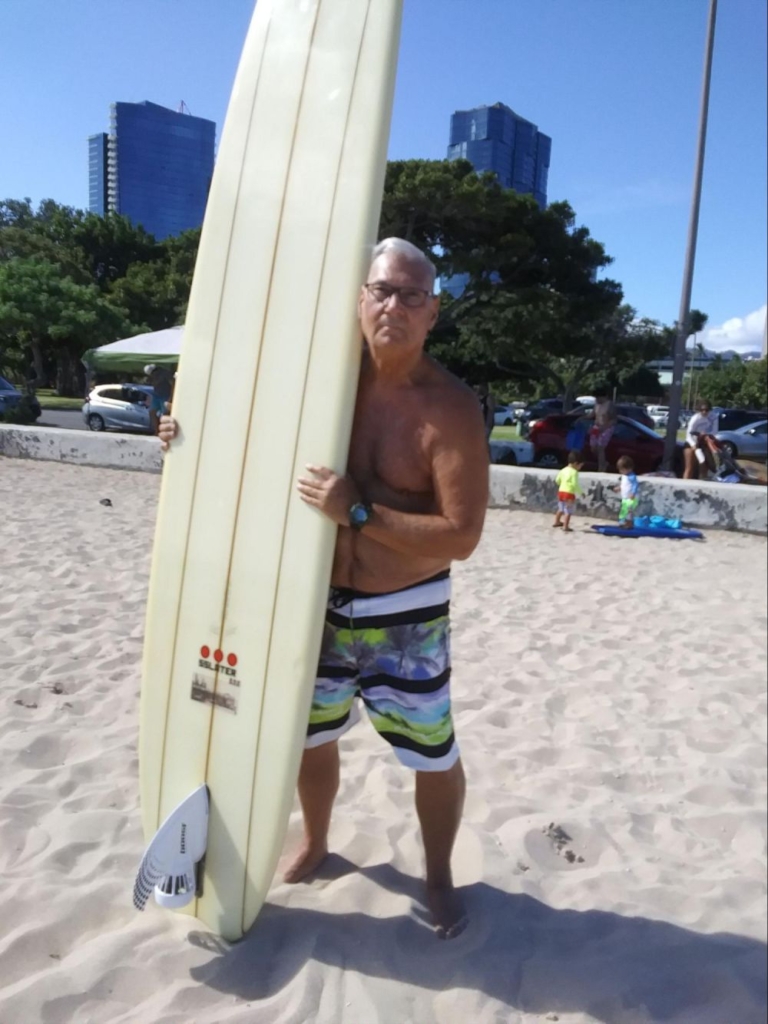
Por lo tanto, las aletas Boost son especialmente útiles para todas las edades, especialmente para las personas mayores. En condiciones de remada difíciles, como corrientes fuertes o aguas agitadas, ayudan a los surfistas a conservar energía para navegar en las olas y realizar maniobras.
¡Es una manera fantástica de mantener viva la aventura, garantizando que la alegría del surf siga siendo accesible y placentera a cualquier edad!
Disfruta de un viaje sin fin con Boost Fin
Si bien no hay una respuesta definitiva La era del surf La restricción, la capacidad física y la comodidad en el agua influyen en el punto de partida ideal. Los niños pueden empezar a los 3 años con la orientación adecuada, mientras que los surfistas experimentados continúan hasta bien entrada la edad.
En última instancia, el La mejor edad para empezar a surfear Es cuando sientes la atracción del océano y el deseo de surfear una ola. Acepta el desafío, prioriza la seguridad y, con dedicación, experimentarás la inmensa satisfacción que supone conquistar una ola.
Aleta de refuerzo se enorgullece de ser su socio en este viaje sin fin y ofrece una gama de aletas diseñadas para mejorar su rendimiento y maximizar su disfrute en el agua. Visite nuestro sitio web hoy mismo para descubrir la aleta perfecta que lo impulsará hacia experiencias de surf inolvidables.


Compartir:
Los 13 mejores lugares para surfear en mayo
Límite de edad para practicar paddle surf: ¿por qué este deporte es para todos?